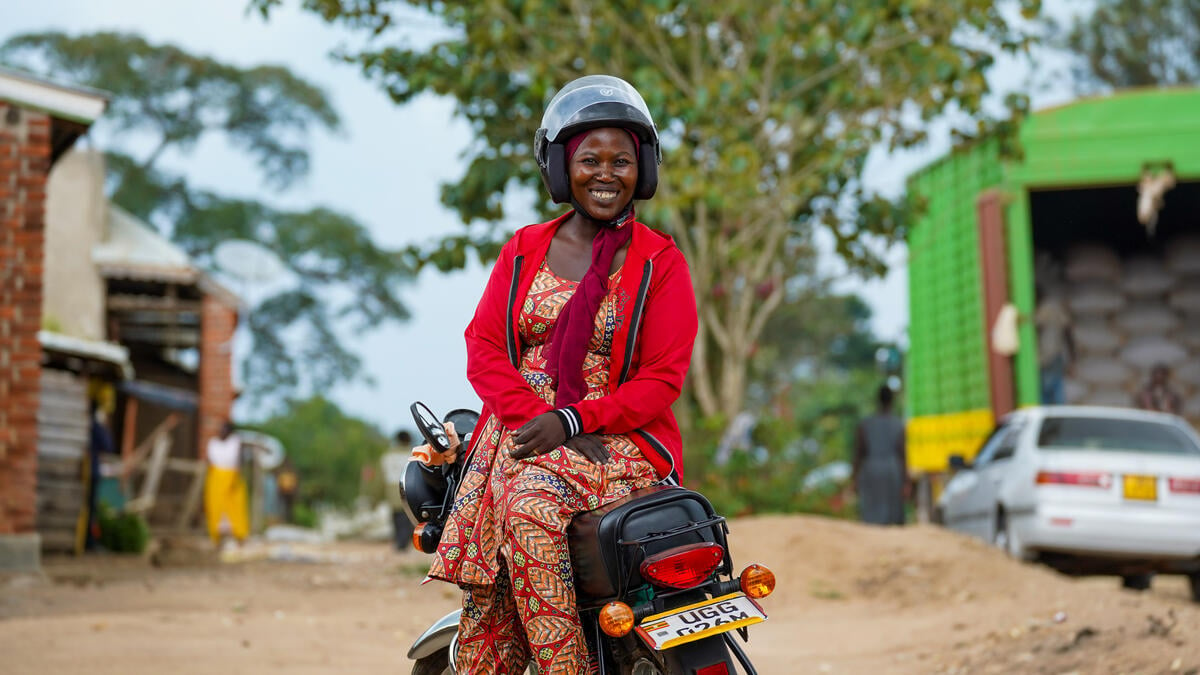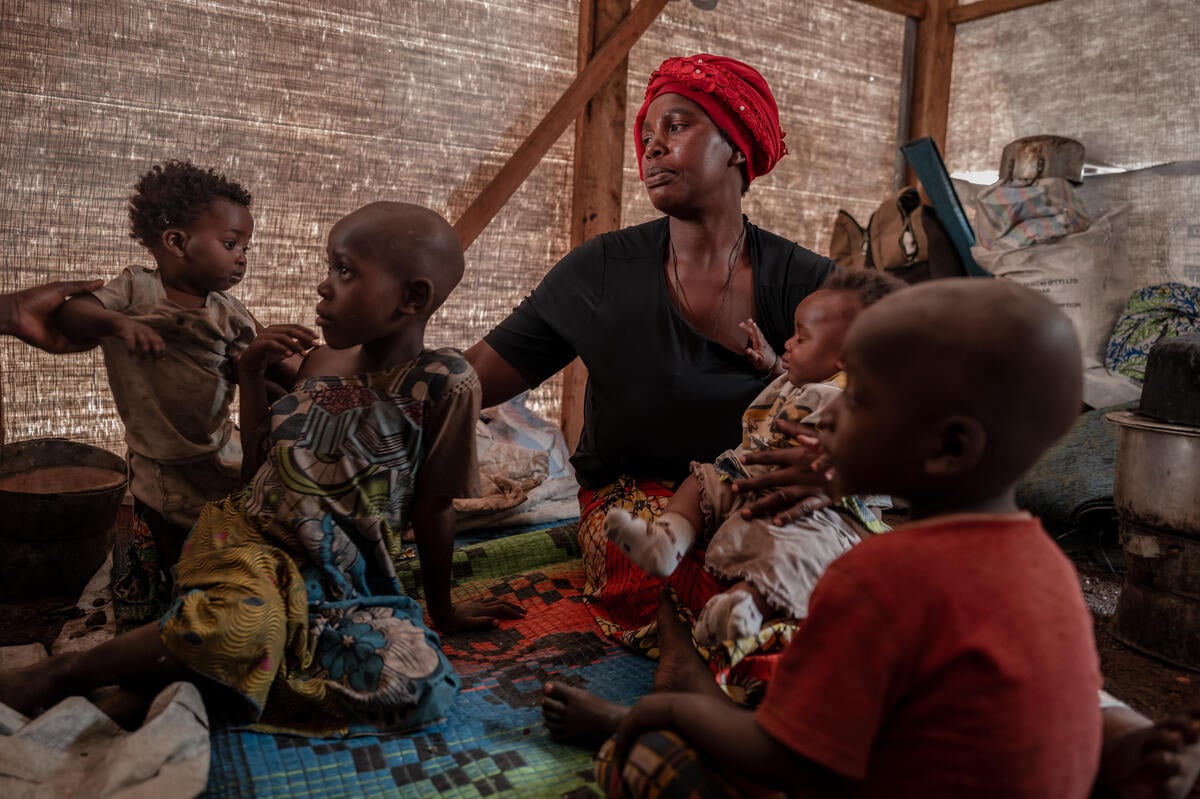DRC: Concerns at Kibati camp as transfers continue
DRC: Concerns at Kibati camp as transfers continue
We remain extremely concerned for the safety of the displaced Congolese population in Kibati as the civilian character of these two UNHCR-run camps north of Goma is continually violated.
In another incident early this morning, two young girls were shot. A 5-year-old died and a 7-year-old girl is fighting for her life in a local hospital. Our staff also reported this morning that another woman was raped by armed men in the vicinity of Kibati camp yesterday evening.
We are carrying out voluntary transfers of displaced Congolese civilians from the Kibati camps - and away from the confrontation line - to a new camp at Mugunga III, just west of Goma, the capital of North Kivu province. There are some 65,000 internally displaced persons (IDPs) potentially at risk in Kibati as warring parties maintain their positions close to the camps. Mugunga III is the fifth UNHCR-run site west of Goma (other camps are Mugunga I and II, Bulengo and Buhimba).
The decision on voluntary relocation of IDPs temporarily sheltered at Kibati was reached by a consensus between the government and aid agencies as the situation there remains precarious and the site basically became a frontline between the Congolese army and rebel forces.
We have so far moved 616 families, or 1,780 IDPs, to sites in the Mugunga area. The number of persons at Kibati willing to relocate to the new Mugunga III site appears to be increasing as the first two convoys scheduled for this morning will take over 400 displaced persons. Most of the IDPs at Kibati originate from villages north of Goma and the former makeshift Kibumba site which used to shelter some 25,000 people. With the relative calm and despite the risks, many IDPs want to stay as close as possible to their areas of origin.
On arrival at Mugunga III, the families are handed their luggage, plastic sheeting, sticks for constructing huts and are allocated a plot on which to erect their shelters. Displaced families that are unable to finish constructing their huts spend their first night in communal shelters where they are assisted with firewood for cooking meals.
The transfers so far have taken families in urgent need of shelter assistance who are presently accommodated in Kibati in congested portable warehouses. There are six of these warehouses in Kibati - each accommodating at least 1,500 persons.
Transfers to Mugunga III follow completion of some of the critical works at the site, which was enlarged from 65 to 105 hectares and can now accommodate some 60,000 people. The terrain - hardened lava rock - presents a major logistical challenge in setting up the site.
Some 15 communal plastic sheds have been completed, each designed to take up to 25 families, or 100 persons, while UNHCR is making available another two portable warehousing structures that can accommodate 200 families each or a thousand persons. Two 24-hour operational water reservoirs have been completed to meet the water needs for initial 6,000 persons at the site. Construction of the water system is continuing to increase capacity for subsequent populations. A total of 250 latrines have also been completed, while 750 more will have been completed by the end of this week. A health centre for treating the ill and a police post for the security of the displaced and property on the site have been set up.
Meanwhile, we continue to bring in additional aid for the displaced population of North Kivu province. Some 2,500 kitchen sets, 23,100 blankets and 1,364 rolls of plastic sheeting arrived from the UNHCR emergency stockpile in Ngara, Tanzania, this week.
Fighting in North Kivu intensified at the end of 2006. By January 2008, it had brought the total number of IDPs in the region to more than 800,000. Since the fighting resumed in August, some 250,000 civilians have fled, many of them already displaced.








